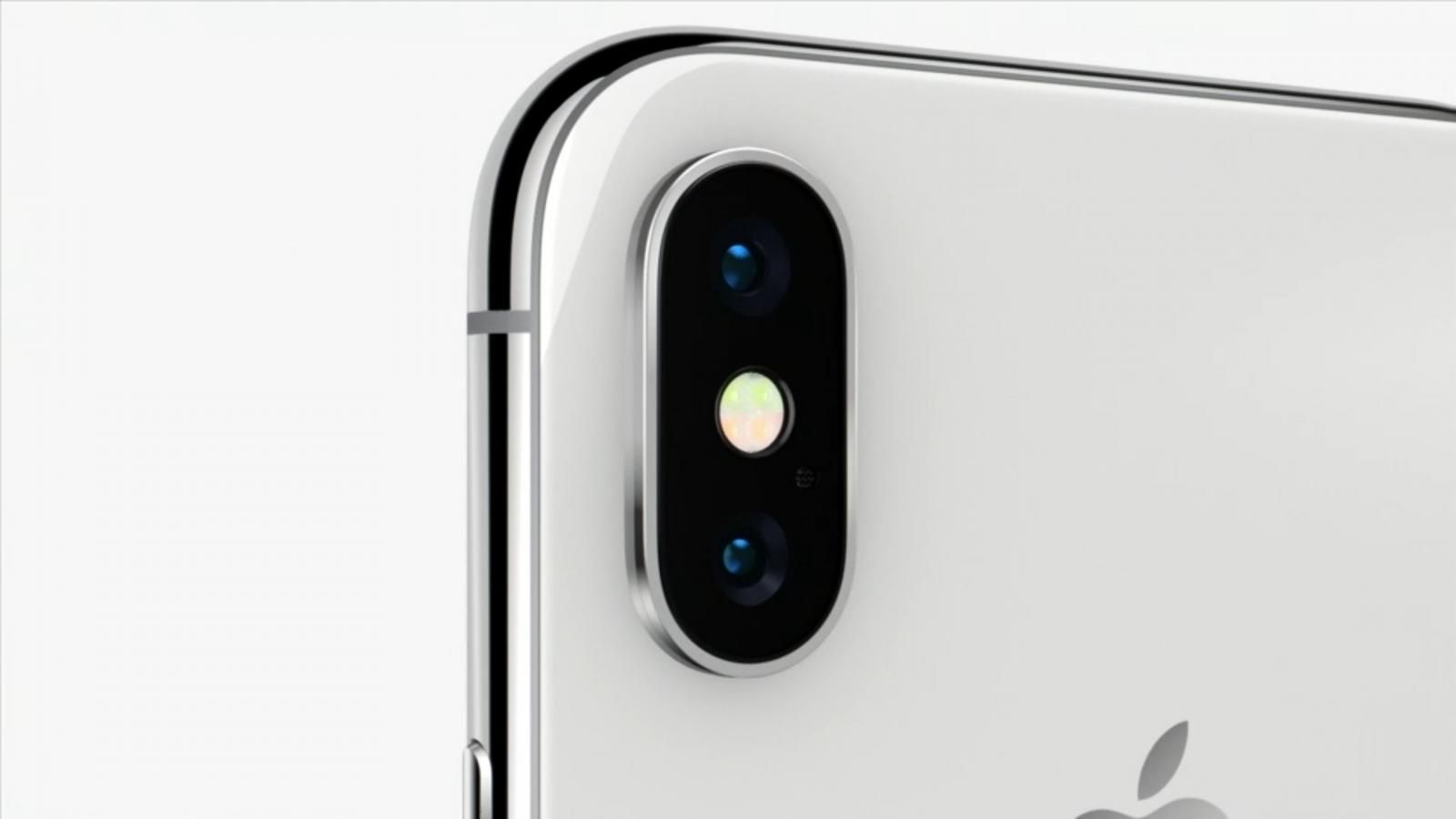While the greatest strength of the hotly demanded, supply-constrained iPhone X clearly lies in its groundbreaking front-facing camera and Face ID-enabling sensors, the dual shooters on the 5.8-incher’s back are obviously no pushovers either.
In fact, they could well make up the world’s most powerful and versatile imaging solution, with a 12MP f/1.8 wide-angle and 12MP f/2.4 telephoto lens, each providing optical image stabilization for (presumably) industry-leading low light performance.
Still, there are many top-notch Android cameraphones around, some of which impressively manage to deliver stellar real-life photo and video quality with hardware that looks far less advanced and complex on paper.
In order to fend off the next wave of ultra-high-end mobile snappers powered by Google, Apple was rumored for a little while to be considering a TrueDepth system mounted on the back of 2018’s still-mysterious iPhone X sequel (s).
Certain gossipmongers also expected a switch from the current 6P (six-element plastic lens array) to a 7P (seven-plastic) or even 2G3P (two glass, three plastic lens) technology for flagship 2018 iDevices.
But KGI Securities analyst Ming-Chi Kuo has rejected both theories of late, praising the iPhone X’s main camera for striking a “phenomenal balance between picture quality and form factor design.”
Either of the two speculated build upgrades would only bring “limited improvements in aperture performance” to the table, and so, it’s not worth risking a repeat of this year’s supply difficulties.
Instead, Cupertino is likely to focus on minor hardware improvements for components that remain tricky to mass-manufacture, including both the front and rear cameras of the next iPhone generation. That’s definitely good news in terms of prospectively keeping up with late 2018 demand, but not so great for folks who may have held off on trying to purchase the iPhone X in anticipation of another big upgrade next year.

